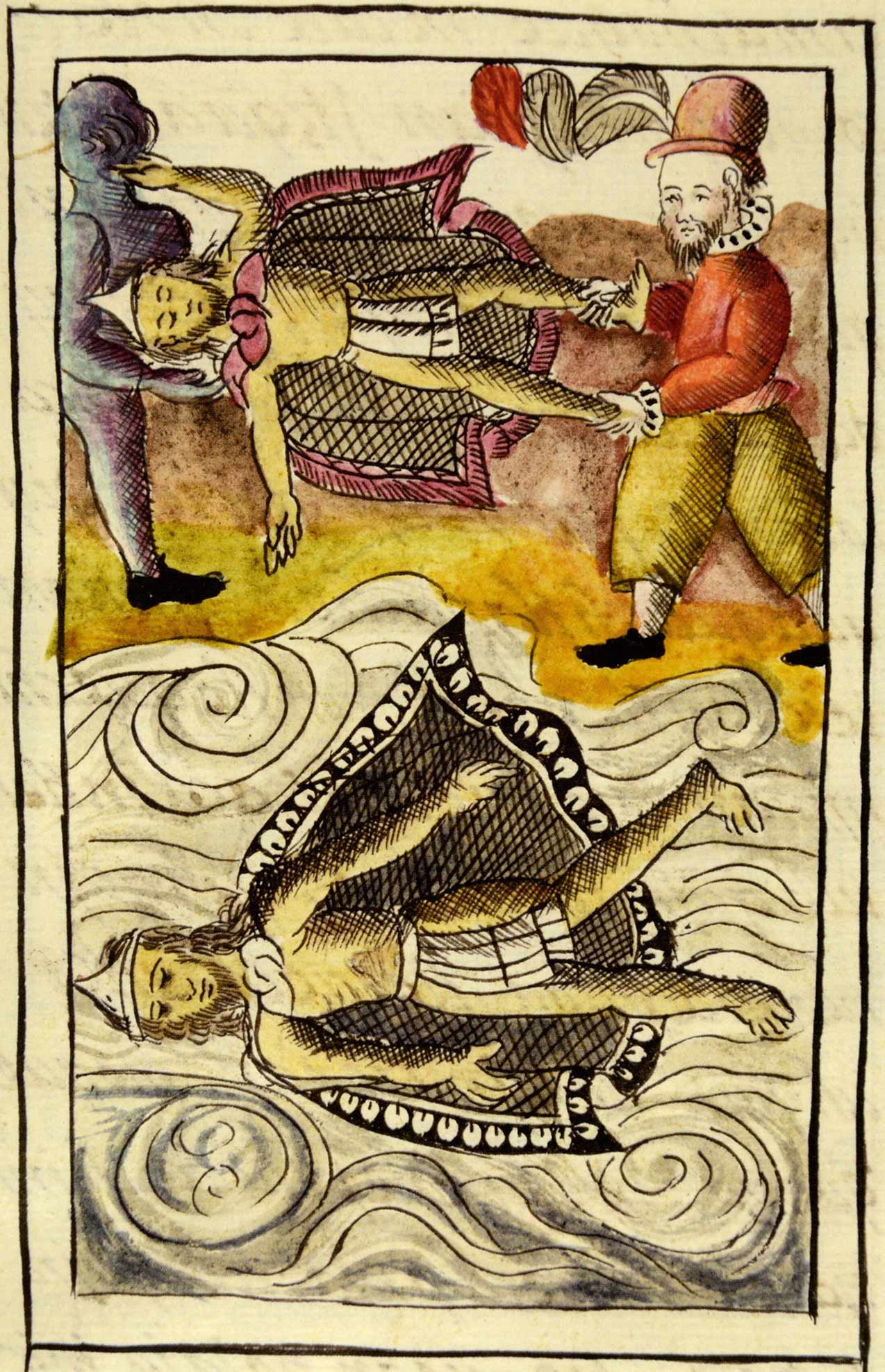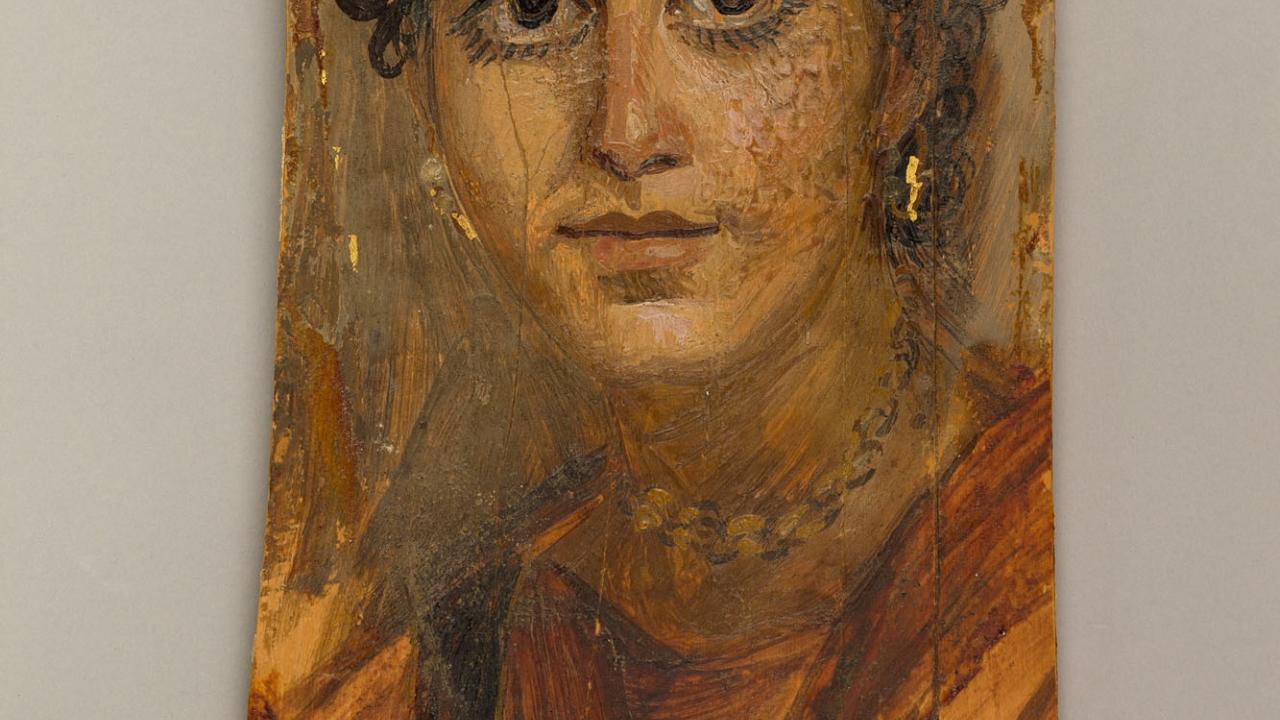The annual Templeton Colloquium in Art History at UC Davis promises to be as accessible to the general public as it is to scholars with something everyone can enjoy.
The event will journey across oceans and centuries for “The Power of Color: Polychromy and Pigments in Ancient Mediterranean and Latin American Art,” on Friday, Feb. 2, 4-7 p.m.
The presentation will bring together visiting scholars and UC Davis art history faculty at the Jan Shrem and Maria Manetti Shrem Museum of Art.
Making the primary presentations at the colloquium will be Diana Magaloni, deputy director and director of the program for the Art of the Ancient Americas at the Los Angeles County Museum of Art, and Jennifer Stager, a teacher, curator and speaker, who specializes in ancient Mediterranean art.
Magaloni, former director of the National Museum of Anthropology in Mexico City, is an expert on Mesoamerican and indigenous pictorial techniques in the 16th century.
Stager co-curated last year's LACMA exhibition "Picasso and Rivera: Conversations Across Time," which examined Pablo Picasso and Diego Rivera's connections to their respective ancient Mediterranean and Pre-Columbian worlds, and gave a lecture in conjunction with the "Gods in Color" exhibition.
Art Faculty Will Lend a Voice
The topic taps into the expertise of UC Davis art history faculty— John Lopez, assistant professor, who studies Pre-Columbian art and architecture of the Americas, and Alexandra Sofroniew, assistant professor, who specializes in the ancient Mediterranean world. They will each give short responses after Magaloni and Stager speak.
Then all four will engage in conversation, followed by questions from the audience.

The Ancient World and Color
“Recent research shows the ancient world was vividly colorful,” said Sofroniew. “Tracing the use and perception of color in past cultures can be elusive, but an understanding and appreciation of color is fundamental to art history. Research has taken diverse approaches — from investigating the manufacture of pigments to considering literary descriptions of the workings of the eye — that illuminate ancient artworks.”
Accessible, and Open, to the Public
The colloquium is free and open to the public and while it will be of interest to scholars and students, it will be presented in a manner accessible to the layperson with an interest in the topic, Sofroniew said.
This is the sixth year the Templeton Colloquium has been held. It is supported by Alan Templeton, a 1982 UC Davis College of Letters and Science graduate with degrees in art history and psychology.
Contributed by Jeffrey Day, Full story
Architecture in 'Imperial Cities,' and Art Surviving Genocide Will Be Focus of Bay Area Talks
Heghnar Watenpaugh, associate professor of art history, often speaks in public and in news media about destruction of art, especially religious art, as being one of the results of genocide. In a talk at UC Berkeley, she will explain how a particular work survived.
That presentation is: “A Medieval Gospel Book from Genocide to Restitution: Toros Roslin’s Zeytun Gospels, 1915-2015.” For centuries, a particular part of a manuscript was kept in remote churches in present-day southern Turkey. The talk takes place Feb. 15, noon to 1:30 p.m., 270 Stephens Hall, UC Berkeley.
She will discuss “Imperial Cities: Architecture and Power in the Ottoman Empire” Feb. 16 at the Society for Asian Art in their Arts of Asia Spring 2018: Art on the Move Across Asia and Beyond, Part II series.
This event and all other events in this series are held at the Asian Art Museum from 10:30 to 12:30 p.m.. Registration is required. More information here. Asian Art Museum, 200 Larkin Street, San Francisco, 415-581-3701
